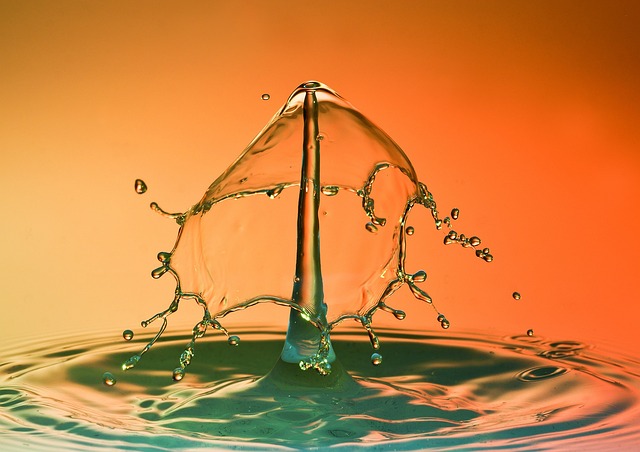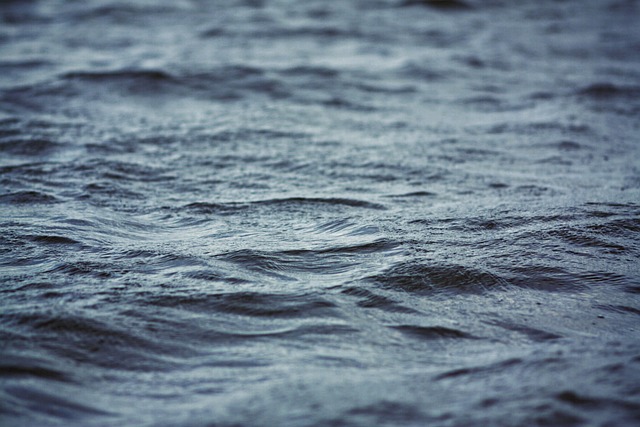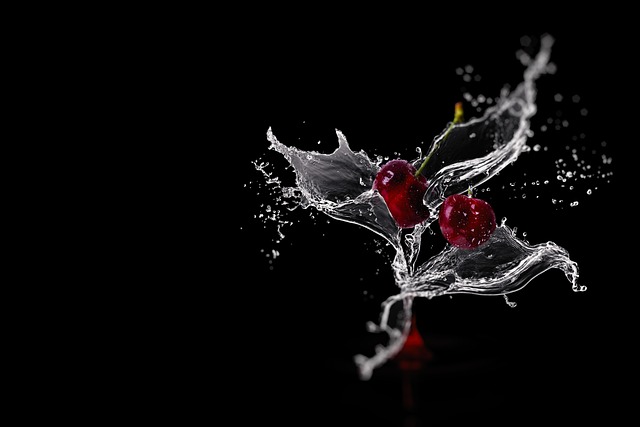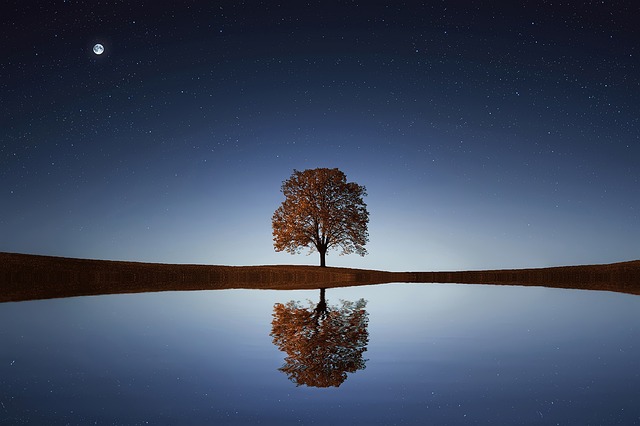Liquid Landscapes: The Art of Water in Photography
Water, in its myriad forms, is one of the most captivating elements to explore in photography. From the serene reflection of lakes at dawn to the powerful torrents of waterfall cascades, liquid landscapes photographically tell stories that resonate with viewers on many levels. This article delves into the artistry and technique behind photographing water, showcasing the different types of aquatic sceneries, and highlighting the emotional and aesthetic impact they can have.
Understanding the Natural Wonders of Water
Water is present in almost every kind of environment on Earth, whether it be oceans, lakes, rivers, or even rain. Each type of water body offers unique opportunities for photography and has its own mood and personality. This intrinsic variability is what makes water an exciting subject for photographers.
Oceans and seas embody vastness and depth, inviting photographers to capture their horizon lines and dynamic waves. Conversely, lakes present tranquility, often mirroring their surroundings and creating stunning reflections. Rivers, with their flowing nature, symbolize movement and vitality, while rain introduces a sense of intimacy and cleansing, offering an opportunity to capture droplets or the aftermath of a storm.
Technique: Capturing the Fluidity of Water
To effectively capture the essence of water in photography, one must consider both technical settings and artistic vision. Here are some techniques that can enhance your water photography.
Choosing the Right Equipment
While many modern smartphones come equipped with impressive cameras, a dedicated camera body—whether a DSLR or mirrorless—paired with the right lenses can significantly enhance your capacity to capture high-quality images of water. A wide-angle lens is ideal for landscapes, providing a broader view, while a telephoto lens can help isolate specific elements within a scene.
Understanding Exposure
Water’s reflective properties mean that managing exposure is crucial. Overexposure can wash out important details, while underexposure can darken interesting textures. Use manual settings whenever possible to optimize shutter speed, aperture, and ISO to capture the water precisely as you envision it.
Mastering Shutter Speed
The speed at which you capture an image greatly determines the visual effect of the water. For a smooth, ethereal look, consider using a slow shutter speed. This allows the water to appear silky, creating a dreamy and calming effect. However, if you want to freeze the action—like a crashing wave or the splash of falling rain—a fast shutter speed is essential.
Experiment with Filters
Filters can dramatically affect your water photography. A polarizing filter reduces glare and enhances colors, making the water clearer and richer in tone. Neutral density filters are valuable for long exposures, as they allow less light to enter the lens, enabling slow shutter speeds even in bright conditions.
Artistic Approaches to Water Photography
Beyond technical considerations, the artistic side of water photography is about capturing emotion, atmosphere, and storytelling.
Incorporating Reflections
Reflections can create striking visual symmetry, enhancing the overall composition of your photographs. Calm conditions, especially during the golden hours of the morning or late afternoon, yield perfect mirrors on lakes and ponds, allowing for beautiful, balanced compositions.
Highlighting Movement and Flow
Water is inherently dynamic, and highlighting its movement is key to creating compelling images. By adapting your shutter speed and experimenting with angles, you can convey the kinetic energy of streams, rivers, and waterfalls. Capture the play of water as it tumbles over rocks, or watch how it carves its path through the landscape.
Engaging with Light
The quality of light profoundly influences how water is perceived. During sunrise and sunset, golden light often bathes landscapes, enhancing the hues and textures of the water. Overcast days can produce soft, even lighting, which is great for highlighting details. Depending on the mood you wish to convey, different times of day and weather conditions can dramatically alter the feel of your photographs.
Exploration of Different Water Bodies
Photography is most rewarding when you explore the diversity of environments water occupies. Below are some insights into several distinct types of water bodies and how photographers typically engage with them.
Oceans
Saltwater bodies, like oceans, bring ±diversity and drama. Beaches offer endless opportunities to capture surf and shoreline interactions. Consider the play of light on foamy waves or the silhouettes of distant ships against the setting sun. Incorporate elements of the beach, like rocks or driftwood, to foreground your shots, adding depth to your composition.
Lakes
Freshwater lakes are idyllic places for photography, providing stunning reflections during calm conditions. Use early morning fog to add a mystical touch to your images. Late afternoons, when the sun dips low, can yield rich colors, and times of transition can create intriguing atmospheric effects.
Rivers and Streams
Flowing water reveals art in constant motion. Capture the contrast between turbulent stretches and serene pools. Rivers present an opportunity to showcase the interaction of water with its environment—branching trees, pebbles glistening through the current, and vibrant shores enriched by this life-giving resource.
Waterfalls
Waterfalls capture dynamic energy with their cascading water. Use longer exposures to convey the sense of movement and grandeur, creating soft, flowing effects. Consider different perspectives: shooting from below can enhance the height of the waterfall, while capturing it from above can display its entire stretch gracefully.
The Emotional and Aesthetic Impact of Water Photography
As with any art form, the intent behind water photography can vary widely, ranging from the serene to the tumultuous, each evoking different emotions. Water has an innate ability to connect with viewers, often eliciting feelings of calmness, adventure, nostalgia, or even reflection.
Creating a Sense of Calm
Photographs of still, placid lakes can transport viewers to a place of peace. The gentle ripples, soft colors, and expansive views invite contemplation and serenity, often making such images popular in home décor and wellness spaces.
Showcasing Power and Drama
Conversely, images depicting crashing waves or violent storms can evoke feelings of fear, awe, and respect for nature’s incredible power. These photos remind us of nature’s unpredictable spirit and often inspire respect for our environment and its forces.
Storytelling Through Water
Water is synonymous with life; it flows through our narratives, from the journey of life found in a river’s course to the tranquility of a simple raindrop on a leaf. Each photograph can tell a story about journeys, memories, and connections. As photographers, it’s essential to consider what story our images tell and how they resonate with viewers.
Conclusion: The Ever-Evolving Art of Water Photography
Water photography embodies the intersection of art, science, and emotion. Whether capturing the serene beauty of a still lake or the dynamic force of crashing waves, the world of liquid landscapes offers endless avenues for artistic exploration. As photographers, embracing the fluid nature of water opens a gateway to innovation and creativity, urging us to always seek the perfect moment when light, water, and emotion converge.
In every ripple, wave, and drop lies the potential for profound connection, illustrating the intimate relationship that humans share with water. As you embark on your photographic journey, remember to embrace the unpredictability that water brings—each image will reflect a moment in time, a fleeting glimpse of one of the planet’s most mesmerizing elements.



